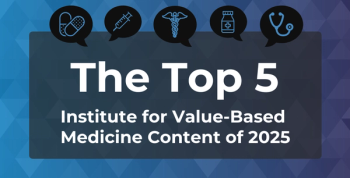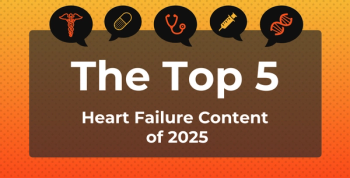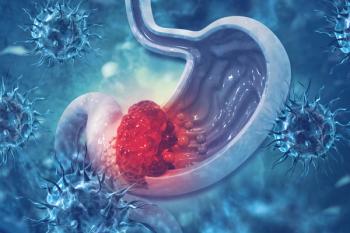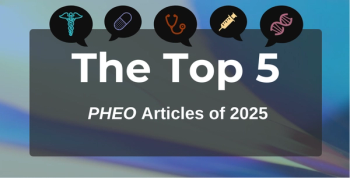
Ophthalmology Overview: Unraveling Biological Pathways of Glaucoma, Classification for Uveitis Subtypes, and More
Highlighting the latest ophthalmology-related news reported across MJH Life Sciences™.
Highlighting the latest
Examining Biological Pathways of Glaucoma Development
In assessing biological pathways associated with glaucoma, an article by
Noted as the leading global cause of irreversible blindness, glaucoma is a multifactorial disorder resulting from a combination of genetic and environmental factors. With complex inheritance responsible for common adult-onset forms of the disease, Mendelian inheritance is also known to occur in rare instances of early-onset disease.
Although early detection of glaucomatous damage is vital to halt irreversible damage, it was suggested that periodic screening of primary open-angle glaucoma is lower than expected. Authors Fotis Topouzis, MD, PhD, and Dimitrios Giannoulis, MD, note that applying genetics to risk assessment of glaucoma presentation can improve patient management. However, this may not be feasible for all patients, with further research warranted before comprehensive genetic risk assessment and targeted gene-based therapy can be achieved.
NIH-Funded Coalition Identifies 25 Subtypes of Uveitis
As reported by
Based previously on the primary location of inflammation in the eye, researchers of the Standardization of Uveitis Nomenclature Working Group composed their criteria through 4 phases of analysis: informatics, case collection, case selection, and machine learning. With machine learning serving to help identify important characteristics that distinguish each disease subtype, the researchers entered 5766 cases into a database in the case collection phase, of which 4046 were selected.
In assessing efficacy of the criteria, the NIH noted that the overall performance was over 90% within uveitic class, suggesting that it could be leveraged in clinical and translational research.
Consistent Administration of Ranibizumab System Proves Effective
According to data from the
As reported by
The analysis found the PDS treatment to be both noninferior and equivalent to monthly injections, with no supplemental ranibizumab injections needed in 98% of the PDS group during the first refill-exchange cycle on week 24 and in 95% during the second refill-exchange cycle ending at week 48.
Newsletter
Stay ahead of policy, cost, and value—subscribe to AJMC for expert insights at the intersection of clinical care and health economics.







































